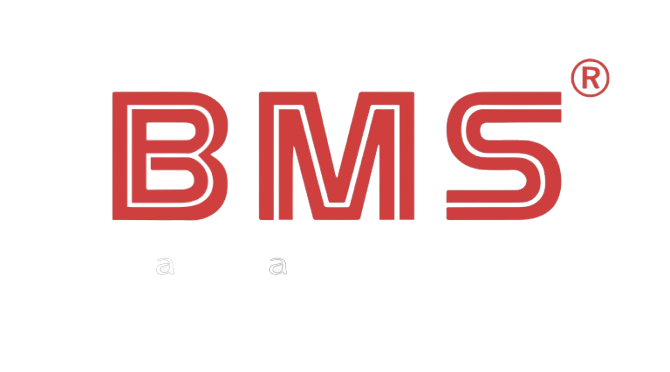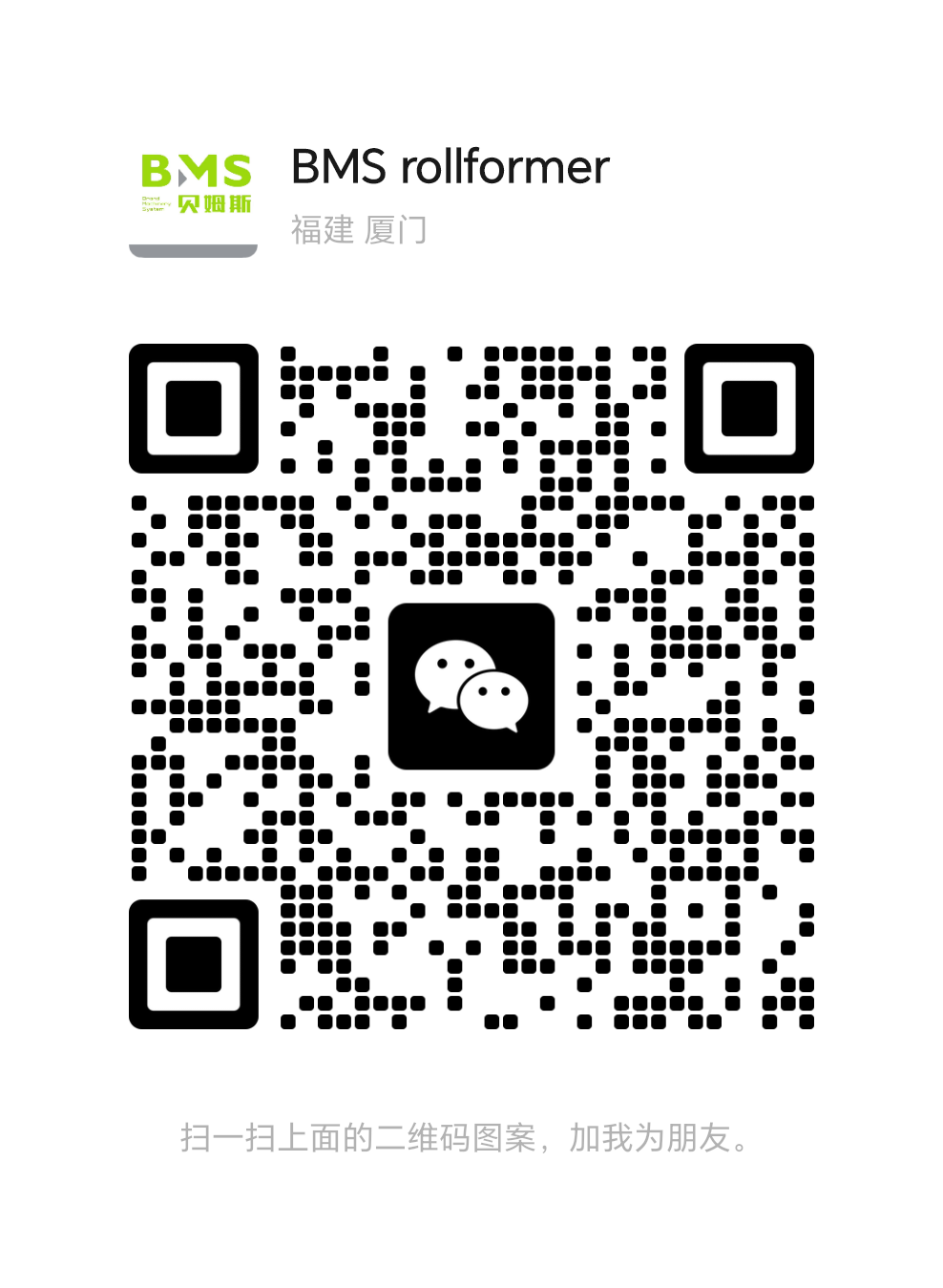Introduction
In modern steel service centers, aluminum processing plants, and logistics hubs, handling heavy coils safely and efficiently is a constant challenge. A single coil can weigh anywhere from several tons to more than 40 tons, and improper handling may lead not only to product damage but also to severe workplace accidents. Traditional lifting and tilting methods using cranes or forklifts often increase the risk factor.
This is where the coil tipper plays a vital role. A coil tipper, also known as a coil upender, is a specialized machine designed to tilt coils from the horizontal to the vertical position—or vice versa—safely and efficiently. For suppliers like Xiamen BMS Group, offering coil tippers is about more than providing equipment; it’s about helping customers achieve safer workplaces, higher efficiency, and lower operating costs.
By reducing manual involvement, preventing uncontrolled coil movement, and ensuring stability during the flipping process, the coil tipper has become an indispensable part of heavy material handling. In this article, we will explain what a coil tipper is, highlight its key features, and explore how it is transforming heavy coil handling in various industries.
Key Features of a Coil Tipper
Safe Coil Tipping
The primary function of a coil tipper is to safely tilt coils from one orientation to another. Unlike crane-based flipping, which requires skilled operators and still carries risks, a coil tipper provides a controlled environment. The machine secures the coil in a stable cradle and rotates it smoothly. This prevents rolling accidents, material slipping, or sudden falls. For operators and plant managers, this translates directly into fewer workplace injuries and greater confidence in daily operations.
Strong Load Capacity
Heavy-duty industries demand equipment that can handle massive loads. A coil tipper can be designed to handle different capacities such as 10T, 20T, 40T, or even higher, depending on the customer’s specific requirements. This flexibility ensures that the same principle of safe tipping can be applied to a wide range of materials—whether steel coils, aluminum coils, or other cylindrical heavy loads. From a supplier’s perspective, offering customizable capacity solutions allows us to serve diverse sectors, from automotive steel centers to aluminum sheet suppliers.
Stable and Reliable Structure
The design of a coil tipper emphasizes structural integrity. Made with high-strength steel and engineered for long-term stability, it guarantees smooth operation without deformation, even under repeated heavy-duty cycles. The cradle design, hydraulic or mechanical drive system, and reinforced frame work together to minimize vibration and wear. For customers, this translates into lower maintenance costs and long-lasting performance.
Additional Benefits for Buyers
Beyond the three core features, coil tippers also:
Reduce dependency on cranes and forklifts, freeing them for other tasks.
Lower the risk of product surface damage during flipping.
Minimize coil storage space by allowing safe vertical or horizontal placement.
By combining safety, strength, and durability, the coil tipper delivers measurable value to every stage of material handling. For buyers, this means an investment that pays for itself in operational savings, reduced downtime, and enhanced workplace safety.
How Does a Coil Tipper Revolutionize Heavy Material Handling?
Heavy coil handling has traditionally been one of the most hazardous and labor-intensive tasks in metalworking industries. A coil tipper revolutionizes this process by changing how factories approach both safety and efficiency.
Improved Workplace Safety
Workplace accidents involving coil flipping can be severe, often resulting in injuries or costly damages. By replacing manual or crane-based methods, the coil tipper introduces predictability and control. This reduces the risks associated with uncontrolled movement, making the workplace safer for operators and ensuring compliance with safety regulations.
Higher Operational Efficiency
Time is money in manufacturing. A coil tipper performs the flipping task in minutes, compared to the lengthy and risky procedures required by cranes or forklifts. This speed improves overall material flow within a facility, ensuring that downstream processes like slitting, cutting, or packaging are never delayed due to coil handling bottlenecks.
Protection of Product Quality
Surface scratches, dents, or edge damage caused during coil handling often lead to customer complaints and rework. A coil tipper eliminates such risks by securing coils in a stable cradle with smooth handling. For industries like automotive or appliance manufacturing, where coil quality standards are high, this becomes a game-changer.
Cost Reduction
By minimizing accidents, reducing reliance on cranes, and lowering material damage, coil tippers help companies save significantly on hidden costs. Over time, these savings make the coil tipper one of the most cost-effective investments in heavy material handling equipment.
In essence, the coil tipper transforms handling from a risky manual process into a safe, streamlined, and highly reliable operation. For suppliers like Xiamen BMS Group, it represents our commitment to providing customers with not just machinery, but solutions that redefine efficiency and safety in the coil processing industry.
The coil tipper is more than a piece of equipment; it is a revolution in heavy material handling. By combining safety, strength, and structural reliability, it addresses the long-standing challenges of coil flipping in steel, aluminum, and related industries.
At Xiamen BMS Group, we design and supply coil tippers tailored to your specific capacity and workflow needs. If you are looking for ways to improve safety, efficiency, and product protection in your coil handling operations, contact us today. Leave your inquiry, and our team will provide a customized solution to fit your production line.




